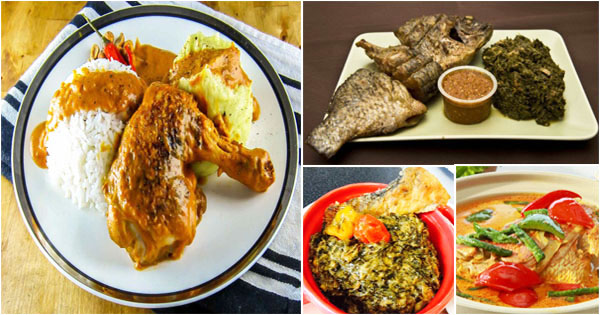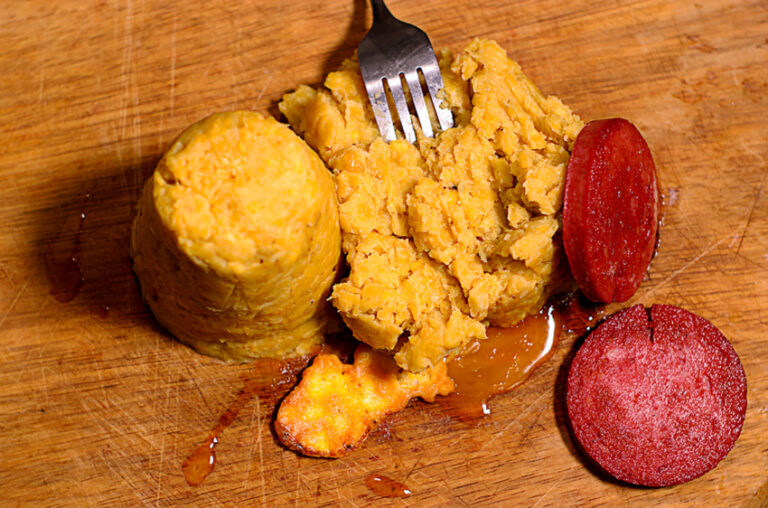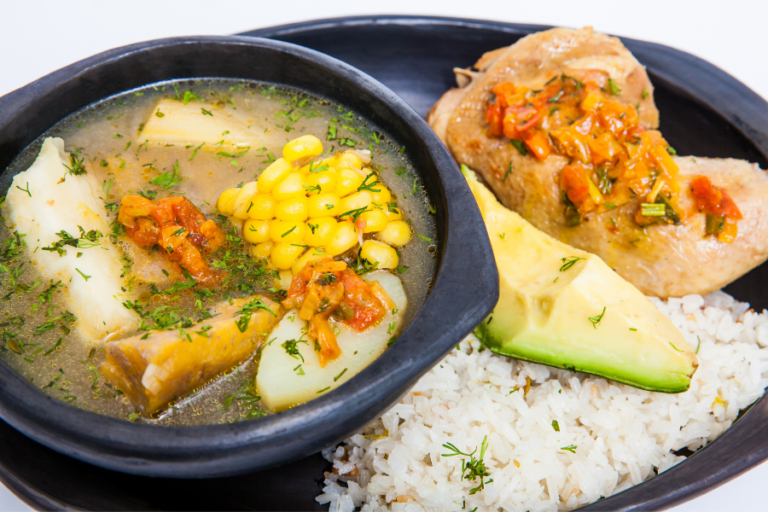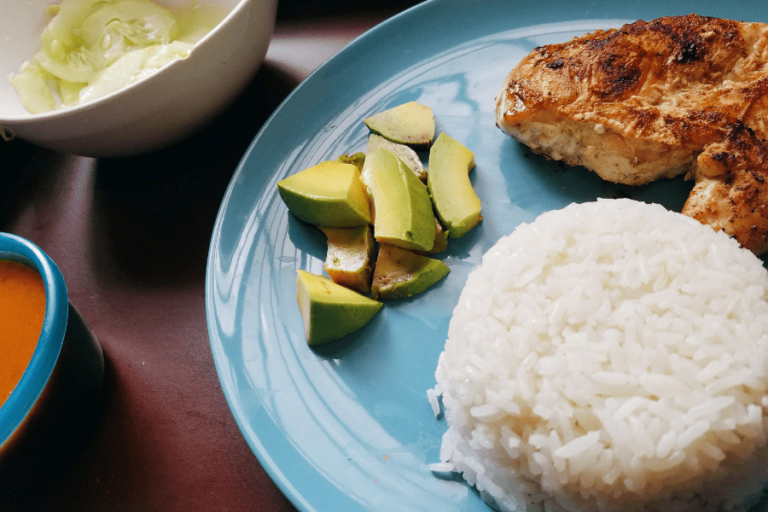Introduction: What is Congolese cuisine?
Congolese cuisine is a reflection of the diverse cultures found in the Democratic Republic of Congo, with influences from the country’s neighboring countries as well. Congolese cuisine is characterized by its use of cassava, plantains, and rice, which are staple foods in the region. The cuisine also features a wide variety of meat dishes that include goat, fish, and even caterpillars.
Congolese cuisine is known for its hearty and flavorful soups and stews that are made with an array of spices and seasonings such as pili pili, curry, and more. This cuisine is also popular for its drinks, including palm wine and cassava beer, which are enjoyed by many. Furthermore, Congolese cuisine offers a variety of sweet treats made with fruit and nuts that are a delight to the taste buds.
Staple foods: Cassava, plantains, and rice
Cassava is an important crop in Congolese cuisine and is used in a variety of dishes such as fufu, a starchy dough that is used as a base for sauces and stews. Plantains are also a staple food and are used to make matoke, a dish that is similar to fufu but is made with mashed plantains. Rice is also widely consumed in the country, especially in the eastern regions of Congo. It is usually served with stews or sauces made with meat or vegetables.
Meat dishes: From goat to fish to caterpillars
Meat dishes are an important part of Congolese cuisine, and there is a wide variety to choose from. Goat is one of the most commonly consumed meats and is used in stews and soups. Fish is also widely available and can be found in many dishes, especially in regions near the Congo River. In some parts of the country, caterpillars are considered a delicacy and are eaten fried or boiled.
Soups and stews: Hearty and flavorful
Soups and stews are a staple in Congolese cuisine and are often served with fufu or rice. These dishes are hearty and flavorful, with a variety of ingredients such as meat, vegetables, and spices. Some popular soups include ngai-ngai, a fish soup made with okra and tomatoes, and nkaku, a chicken and peanut stew.
Spices and seasonings: Pili pili, curry, and more
Spices and seasonings are an important part of Congolese cuisine. Pili pili, a type of chili pepper, is commonly used to add heat to dishes. Curry powder is also used in many recipes, as well as other spices such as ginger, garlic, and cumin. In addition, herbs such as parsley, thyme, and bay leaves are used to add flavor to soups and stews.
Drinks: Palm wine and cassava beer
Palm wine and cassava beer are popular drinks in Congo. Palm wine is made from the sap of palm trees and is a sweet, slightly alcoholic beverage. Cassava beer, on the other hand, is made from cassava roots and is a more potent alcoholic drink. Both drinks are often consumed at social gatherings, such as weddings and funerals.
Desserts: Sweet treats made with fruit and nuts
Congolese cuisine also offers a variety of sweet treats made with fruit and nuts. One popular dessert is called makemba, which is made with bananas, coconut milk, and cinnamon. Another dessert is called mikate, which is a sweet fried dough that is served with a honey or sugar glaze.
Conclusion: Exploring the diversity of Congolese cuisine
Overall, Congolese cuisine is rich and diverse, with a variety of flavors and ingredients that reflect the country’s culture and history. From staple foods like cassava, plantains, and rice, to meat dishes that include goat, fish, and even caterpillars, to hearty soups and stews made with pili pili, curry, and more, Congolese cuisine has something for everyone. And let’s not forget about the palm wine, cassava beer, and sweet treats made with fruit and nuts. Exploring Congolese cuisine is a culinary adventure that is sure to delight the taste buds.










